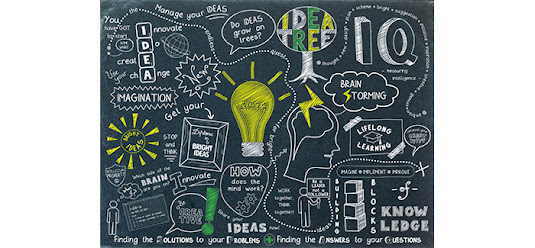Game Design
Game Design
Back in the day, I always used to just play a video game and I will enjoy the video game as a whole. But I never really took the opportunity to actually look deeper inside how a video game is actually made and all of the Fundamentals behind a video game itself.
But now as soon as I started reading these articles, I understand that it is a lot deeper than just enjoying a night out with friends playing the game. My thoughts before reading these articles, my mind was so oblivious to the whole process of Game Design. But after I read these articles, I started to understand a little more clearly about the whole process. I want to be able to learn more about it, it's a long journey to learn a lot about it but in the end, it will all be worth it.
For example, I have learnt about the whole question, "What is a Game ?" Games are a “form of art in which the participants, termed players, make decisions in order to manage resources through game tokens in the pursuit of a goal.”
A game is an activity involving player decisions, seeking objectives within a “limiting context”.
A game has “ends and means”: an objective, an outcome, and a set of rules to get there.
I also learnt about the most important first step when it comes to making a video game, An Idea.
Producing new ideas may feel like an easy and automated task or even something mysterious, as ideas seem to come out of nothing, sometimes in weird situations, and designers rarely run out of them. I read that idea generation is generally pretty easy and you just put down whatever is on your mind on some paper however, generating amazing ideas was even a bigger challenge. Good ideas were seen as inspiring for others to immediately build on top of them.
Methods of Idea Generation
Generally, designers have a good variety of ways of idea generation. Such techniques were used just once or twice, some of them involved simple brainstorming and mind-mapping activities. Other techniques that are used included techniques with sticky notes, Six Thinking Hats, Double Team 2, idea trees, and different slip techniques.
- The white hat helps us to think in the most objective and neutral way possible. With this thought, we need to focus on the available data, look at the information we have and learn from it.
- With the red hat, we can express our feelings, intuition, and emotions, without the need for justification.
- The black hat is used to be critical in a negative way, thinking about why something cannot go well. With it we will activate the thought of judgment and caution, revealing the negative aspects of the addressed issue.
- With the yellow hat, unlike the black hat, we try to look at the positive aspects of a specific issue; it will help us see why something is going to work and why it will offer benefits.
- The green hat opens up creative possibilities and is deeply linked to lateral or divergent thinking.
- And finally, the blue hat is the one controlling all other hats. It regulates the timing and the order of the different topics. With this one, we discuss the thinking process and summarize what has been said. In the end, the conclusions are written.



Comments
Post a Comment